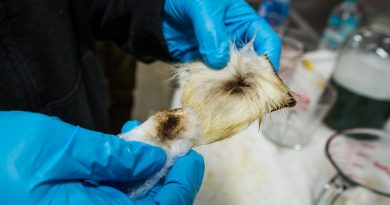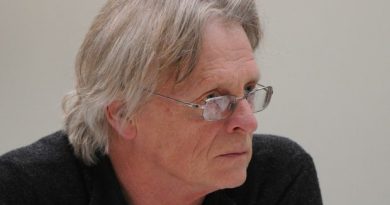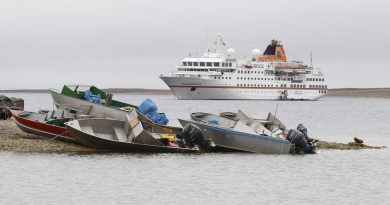Alaska’s Murkowski among senators pushing for Indian boarding school commission

Alaska Senator Lisa Murkowski is among a group of senators pushing for a commission into Indian boarding schools in the U.S.
Murkowski, a Republican, said Wednesday she’s joined 26 other senators to reintroduce a bill to establish the Truth and Healing Commission on Indian Boarding School Policies in the United States.
If passed, the commission would be tasked with “to investigate, document, and acknowledge past injustices of the federal government’s Indian Boarding School Policies.”
Murkowski said the process would help bring closure to Indigenous Americans affected by the institutions.
“It is past time the U.S. government come to terms with the dark legacy of the Indian boarding school era, which attempted to destroy Native American cultures, religions, and languages,” Murkowski said in a statement.
“A formal truth and healing commission will help address those past injustices and support processes that bring healing to survivors, their families, and communities. I thank my colleagues who continue to support this legislation and look forward to the healing and justice it will help provide.”
2022 report looked at locations, student numbers, burial sites and viewpoints
In 2022 the U.S. Secretary of the Interior, Deb Haaland, asked for an investigation into the schools. The Federal Indian Boarding School Initiative Investigative Report was released later that year.
The report team was tasked with identifying the sites of the schools, the names and tribal identities of the children placed there, the location of burial sites, as well as incorporating the views of those who experienced the schools, their descendants or other people that were impacted by them.
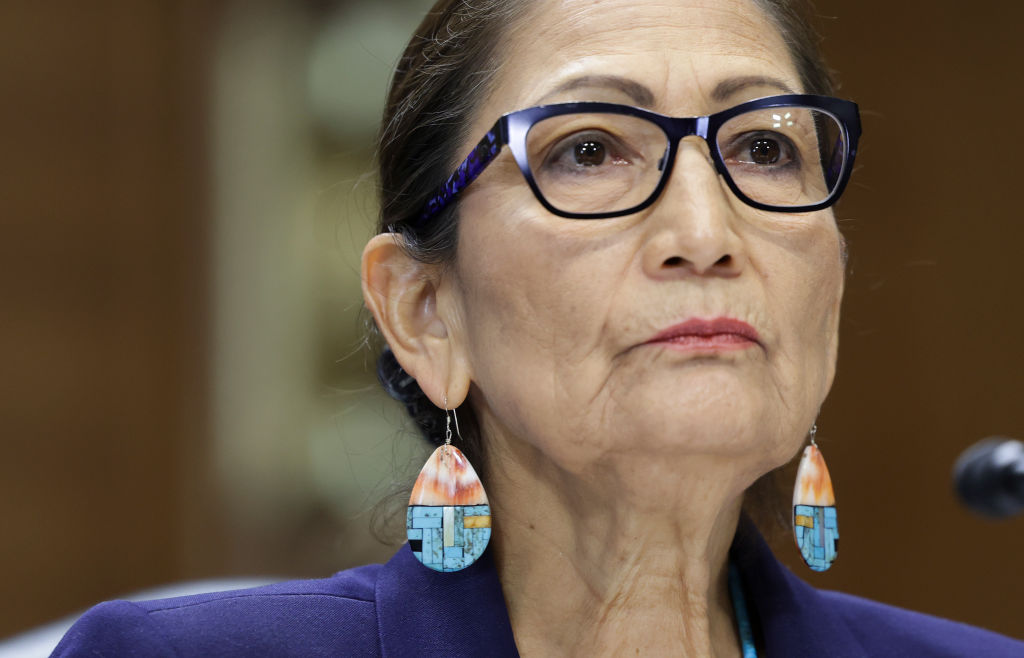
The report outlined that the Federal Indian boarding school system ran from 1819 to 1969 and involved 408 federal schools, including 21 in Alaska.
“The Federal Indian boarding school system deployed systematic militarized and identity-alteration methodologies to attempt to assimilate American Indian, Alaska Native, and Native Hawaiian children through education, including but not limited to the following: (1) renaming Indian children from Indian to English names; (2) cutting hair of Indian children; (3) discouraging or preventing the use of American Indian, Alaska Native, and Native Hawaiian languages, religions, and cultural practices; and (4) organizing Indian and Native Hawaiian children into units to perform military drills,” the report said.
The senators say the mission is needed to fully address the scope and legacy of the schools on Indigenous Americans today.
“The full effects of the Indian Boarding School Policy have never been appropriately addressed, resulting in long-standing historical and intergenerational trauma, cycles of violence and abuse, disappearance, premature deaths, and additional undocumented psychological trauma,” their statement said.
“Furthermore, the residual impact of the Indian Boarding School Policy remains evident in a lack of culturally inclusive and affirming curricula and historically inaccurate representation of AI/AN people, history, and contributions.”
Canadian Truth and Reconciliation Commission Report issued in 2015
A Canadian commission into residential schools for Indigenous children was established in 2007.
The body found that 130 of the institutions were located across Canada and more than 150,000 Inuit, Métis and First Nations children passed through the residential school system.
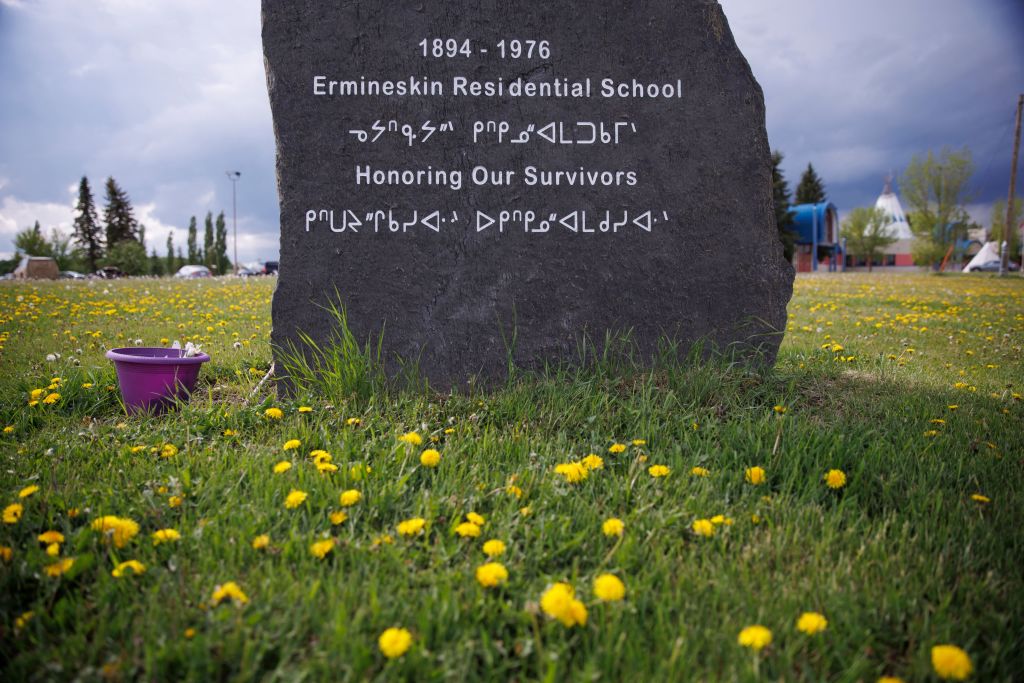
Starting in the 1800s, Inuit and First Nations children were sent to the federally funded, primarily church-run schools, far from their communities and their cultures, and often against the wishes of their families. The goal was to assimilate the children into ‘European’ culture.
The last of the schools were closed in Canada in the 1990s.
The Canadian commission into the schools lasted six years during which it travelled to 300 communities across Canada to record survivor testimony and detail the legacy the residential school system still had on Inuit, Métis and First Nations communities.
Write to Eilís Quinn at eilis.quinn(at)cbc.ca
Related stories from around the North:
Canada: “We still have a lot of healing to do with our fellow Canadians” – National Day for Truth and Reconciliation observed September 30, Eye on the Arctic
Finland: Truth and Reconciliation Commission should continue says Sami Parliament in Finland, Eye on the Arctic
Greenland: Danish PM apologizes to Greenlanders taken to Denmark as children in 1950s, Eye on the Arctic
Norway: Can cross-border cooperation help decolonize Sami-language education, Eye on the Arctic
Sweden: Sami in Sweden start work on structure of Truth and Reconciliation Commission, Eye on the Arctic
United States: Alaska reckons with missing data on murdered Indigenous women, Alaska Public Media

